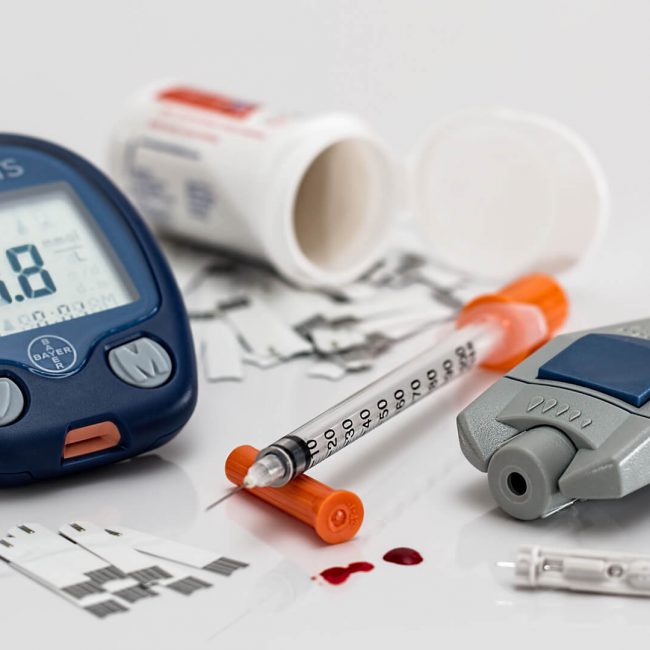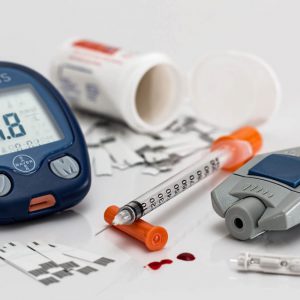Bilirubin is a bile pigment that is orange-yellow in color. It is formed during the normal breakdown of red blood cells (hemoglobin), and is excreted in the bile. Bilirubin can be classified as indirect (free or unconjugated) while it is circulating and is considered as direct after conjugation in the liver with glucuronic acid.
If bilirubin is not being attached to the glucose-derived acid (conjugated) in the liver or is not being adequately removed from the blood, it can mean that there is damage to your liver. Testing for bilirubin in the blood is therefore a good way of testing for liver damage.
Indirect and direct bilirubin make up your total bilirubin. When total bilirubin is abnormal, it is important to measure direct and indirect bilirubin levels. Bilirubin is measured in milligrams per deciliter (mg/dL). An example of normal values for adults is:
Total bilirubin: 0.3 to 1.9 mg/dL
Direct bilirubin: 0.0 to 0.3 mg/dL
Indirect bilirubin is the difference between total and direct bilirubin.



